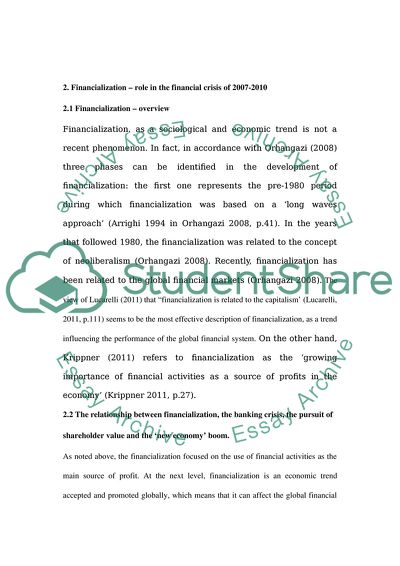Cite this document
(The Implications of Investor Behaviour on Corporate Strategy Assignment - 1, n.d.)
The Implications of Investor Behaviour on Corporate Strategy Assignment - 1. Retrieved from https://studentshare.org/finance-accounting/1750161-strategic-management-essay
The Implications of Investor Behaviour on Corporate Strategy Assignment - 1. Retrieved from https://studentshare.org/finance-accounting/1750161-strategic-management-essay
(The Implications of Investor Behaviour on Corporate Strategy Assignment - 1)
The Implications of Investor Behaviour on Corporate Strategy Assignment - 1. https://studentshare.org/finance-accounting/1750161-strategic-management-essay.
The Implications of Investor Behaviour on Corporate Strategy Assignment - 1. https://studentshare.org/finance-accounting/1750161-strategic-management-essay.
“The Implications of Investor Behaviour on Corporate Strategy Assignment - 1”. https://studentshare.org/finance-accounting/1750161-strategic-management-essay.


